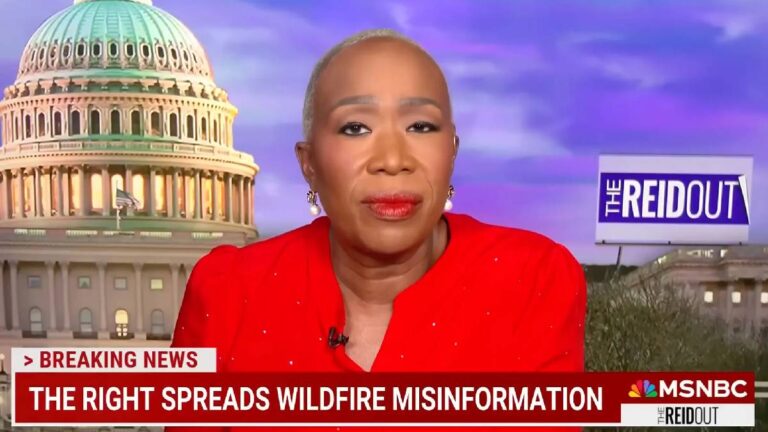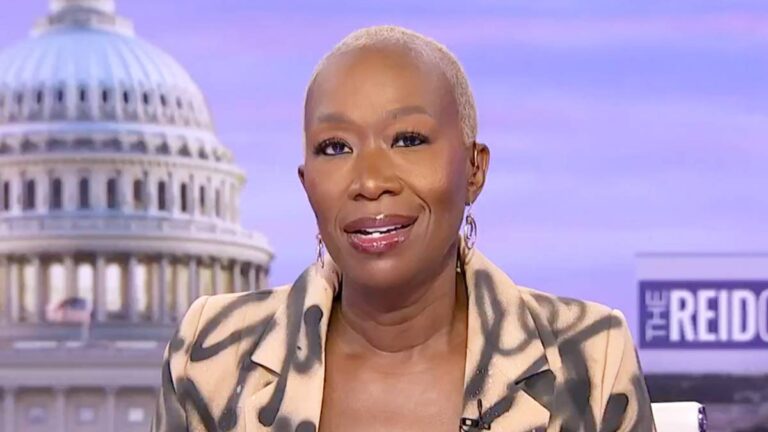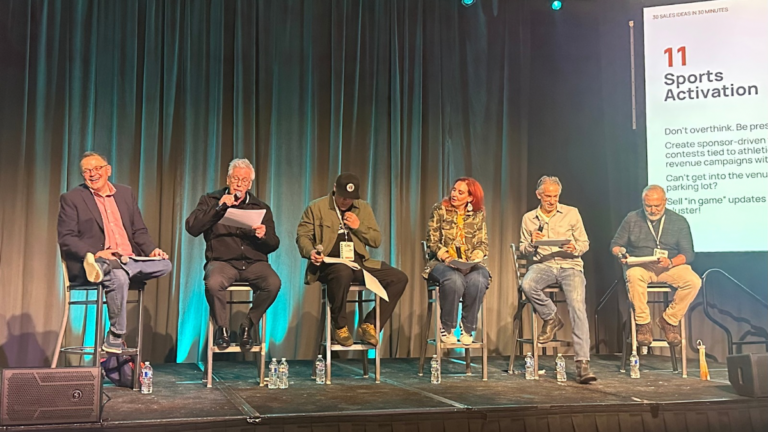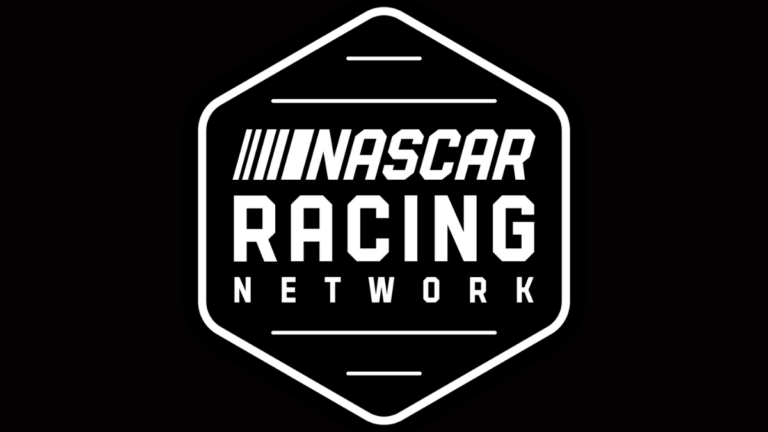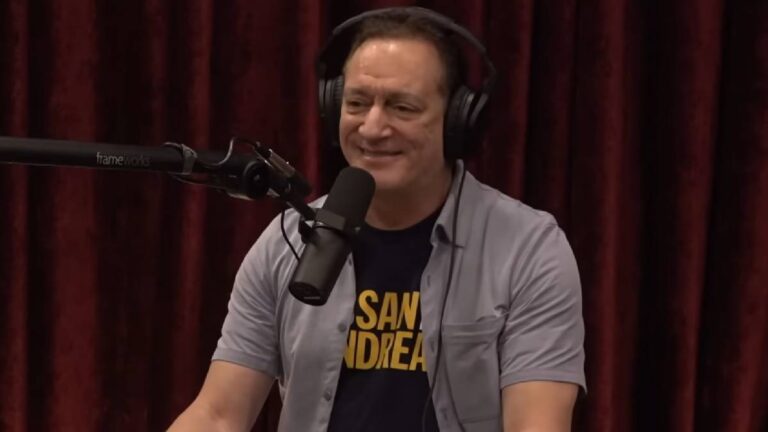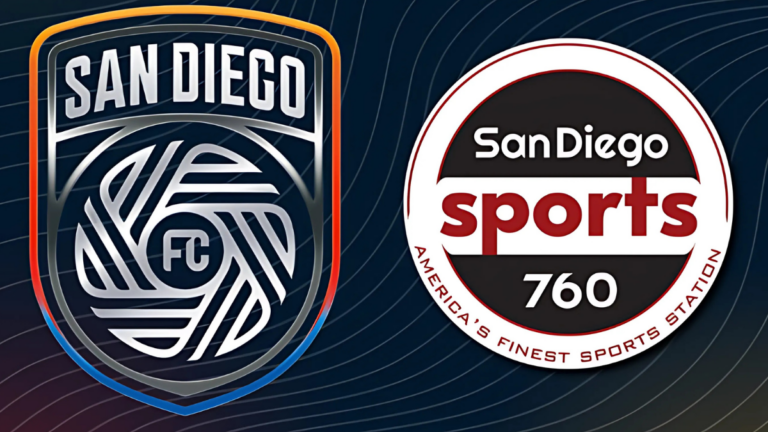NASCAR’s Motor Racing Network (MRN) and Speedway Motorsports’ Performance Racing Network (PRN) are teaming up for a new venture, delivering turn-by-turn coverage to racing fans across the country. The new broadcast venture, called NASCAR Racing Network (NRN), is now the new home of the NASCAR CRAFTSMAN Truck Series.
“The NASCAR Racing Network builds on each other’s strengths and creates a new path for us to elevate the NASCAR radio landscape for fans and stakeholders of the sport,” said MRN President Chris Schwartz.
The network’s coverage of the CRAFTSMAN Truck Series kicked off last Friday from Daytona International Speedway with the season-opening Fresh From Florida 250 race. The annual series launch will carry all races through the final race on October 31 in Phoenix, AZ.
“Working side by side, MRN and PRN have built one of the largest radio networks in sports,” Schwartz added. “Delivering the excitement of NASCAR racing to hundreds of thousands of race fans coast to coast.”
PRN Senior Vice President and General Manager Gerry Horn says he’s thrilled to form a partnership and work together with MRN, saying it will strengthen both networks’ coverage for racing fans nationwide.
“Longtime fans of the CRAFTSMAN Truck Series may notice new voices but will hear the same great coverage they have come to expect over the years,” said Horn.
MRN, dubbed “The Voice of NASCAR,” enters its 55th year of broadcasting as a wholly owned subsidiary of NASCAR, serving as the primary source for NASCAR stock car racing audio programming. Live programming can be heard on SiriusXM NASCAR Radio Channel 90 and streamed on over 500 individual radio stations’ websites, as well as MRN.com, NASCAR.com, the NASCAR Mobile App, and TuneIn.
PRN, a Speedway Motorsports, LLC subsidiary, is one of two NASCAR-licensed multi-broadcast radio networks that produce motorsports programming 365 days a year. PRN races can be heard nationwide on over 385 affiliate radio stations, SiriusXM NASCAR Radio Channel 90, and streamed on GoPRN.com, the PRN mobile app, NASCAR.com, and TuneIn.
Barrett Media produces daily content on the music, news, and sports media industries. To stay updated, sign up for our newsletters and get the latest information delivered straight to your inbox.



